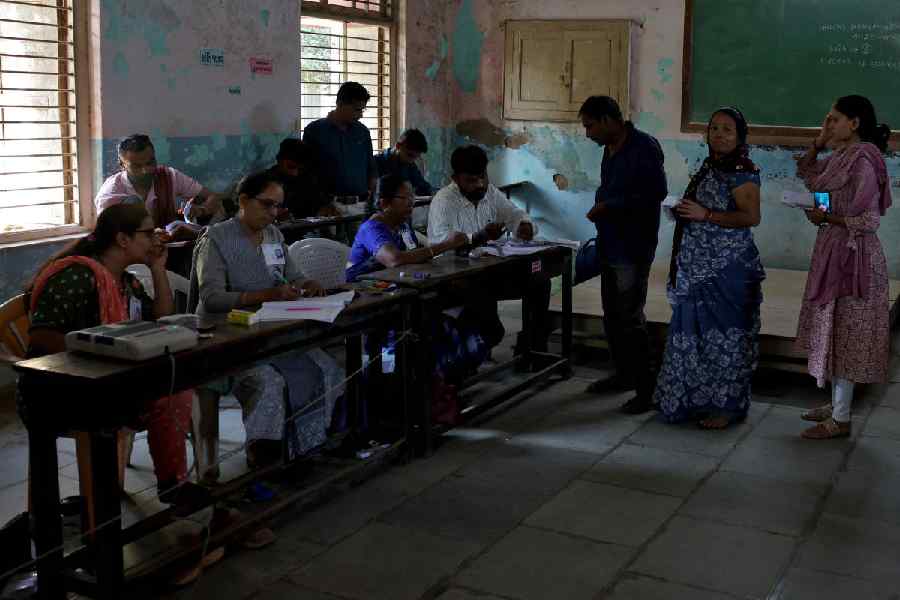Rekha, a resident of Odisha’s Kalahandi district, is five months pregnant. She was diagnosed with severe anaemia on her recent trip to the government hospital. This is not just the story of Rekha: 53% of women who are fertile and 50% of expectant moms are anaemic.
Anaemia is a condition that is marked by low levels of haemoglobin in the blood. Maternal anaemia increases the risk of preterm birth and low-birth-weight babies with iron deficiency that can impede cognitive development. Research shows that if a pregnant woman has iron deficiency anaemia, she will probably lose 5.25 days of her life. Each daily loss owing to iron deficiency anaemia during pregnancy can cost as much as $75.97 (Rs 5,063.47).
The prevalence of anaemia has risen among women from 53% in 2015-16 to 57% in 2019-21. Anaemia affects at least 60% of women in Chhattisgarh, Bihar, Odisha, Gujarat, Jharkhand, Assam, Tripura, and West Bengal, while the prevalence is less than one-third in Lakshadweep (26%), Nagaland, and Manipur (29% each). Anaemia is also relatively high in Chandigarh (60%), Dadra & Nagar Haveli and Daman & Diu (63%), Jammu & Kashmir (66%) and Ladakh (93%).
The Centre has been running programmes like the Integrated Child Development Scheme, National Nutritional Anaemia Control Programme, Weekly Iron Folic Acid Supplementation, National Iron Plus Initiative and so on to combat anaemia. All these initiatives focus on supply-side interventions.
The severity of anaemia has not decreased in spite of these programmes. One of the main reasons for this has been the government’s failure to focus on demand-side interventions till 2018. Social and Behaviour Change Communication at the community level was initiated in 2018 by the Centre. It decided to provide the right impetus to transform existing programmes into a full-fledged mission. Anaemia Mukt Bharat was launched in September 2018 to reduce anaemia amongst pregnant women from 50% in 2016 to 32% by 2022. Providing prophylactic IFA supplementation, deworming, intensified year-round SBCC campaigns, ensuring delayed cord clamping in newborns, anaemia testing through digital methods and point of care treatment, mandatory provision of Iron and Folic Acid fortified foods in government-funded health programmes and addressing non-nutritional causes of anaemia in endemic pockets with a special focus on malaria, hemoglobinopathies, and fluorosis were some of its features.
Yet, NFHS-5 data for 2019-21 showed an increase in the prevalence of anaemia among women compared to that in NFHS-4.
The major existing challenges include inadequate counselling and distribution of iron supplements, poor access to and low utilisation of prenatal healthcare services, skipping medications during pregnancy and so on. There is thus an urgent need for a coordinated effort from community-level health professionals — accredited social health activists, auxiliary nurse midwives and anganwadi workers — to strengthen the IFA intervention and increase its uptake. They need to be adequately incentivised for their work. The burden of anaemia among Indian women can also be reduced with dietary diversity and food fortification, food supplements, and improved health services.
The provision of fortified rice under the PDS is a welcome step. The nation’s current health data infrastructure should be paired with means of monitoring and evaluation. Training and sensitisation workshops for officials are required. Deficiencies of micronutrients, such as B12 and folic acid, need to be addressed.
India needs to take adequate and innovative steps to address anaemia among pregnant women. By doing this, it will be able to meet the Sustainable Development Goals 3, 5, and 10 and reap the benefits of the demographic dividend.
Aishwarya Harichandan and Khusboo Aggarwal are Assistant Professors, Department of Economics, Christ (Deemed to be University)










